In the realm of logistics and transportation, the choice of a semi-trailer is crucial for optimizing your operations. Like a well-oiled machine, your business thrives on the efficiency of its components, and the semi-trailer is no exception. This guide will delve deeply into the world of semi-trailers less than 30 feet in length, exploring their benefits, types, and the factors to consider when making a choice.
Understanding the Semi-Trailer Market
Key Definitions
Semi-Trailer: A trailer that is designed to be towed by a truck, typically featuring one or more axles and an upper structure that rests on the truck’s rear.
Length Measurement: Generally ranging from under 20 to less than 30 feet, semi-trailers in this category are categorized based on their length and load capacity.
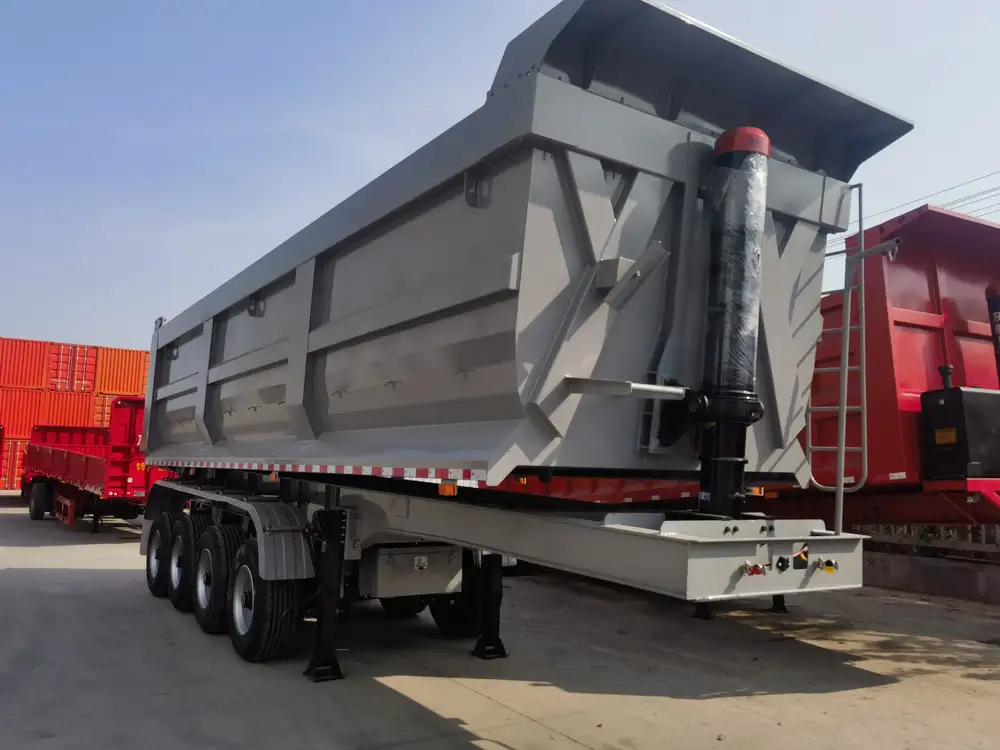
Market Overview
The market for semi-trailers is vast and varied. Smaller semi-trailers are gaining popularity among businesses due to their increased maneuverability, lighter weight, and lower operational costs. The demand for trailers under 30 feet caters predominantly to urban logistics, regional transportation, and niche market services.
Why Choose a Semi-Trailer Less Than 30 Feet?
- Maneuverability: Ideal for tight urban settings where longer trailers struggle.
- Cost-Effectiveness: Lower costs associated with both purchase and maintenance.
- Versatility: Effective for a variety of loads, including small freight and specialized cargo.
Types of Semi-Trailers Under 30 Feet
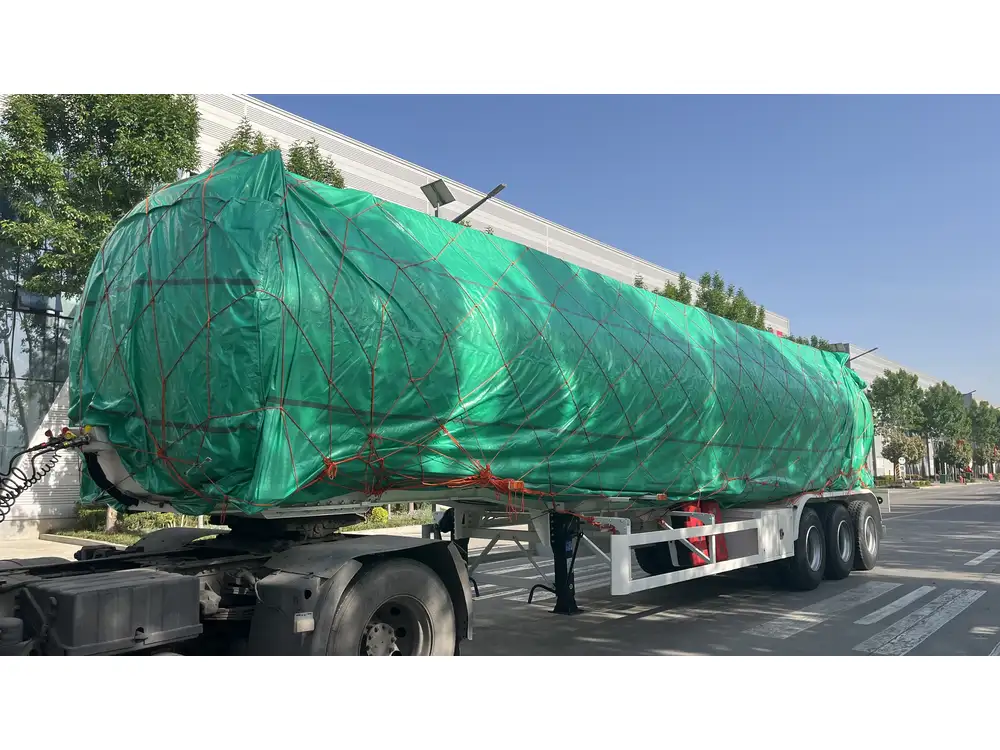
1. Flatbed Trailers
Description
Flatbed trailers are versatile, featuring a flat deck without sides or a roof. This design allows for a wide range of cargo types, including oversized items.
Pros and Cons
| Pros | Cons |
|---|---|
| Easy loading and unloading | Cargo may need to be secured properly |
| Versatile use for various industries | Limited protection from weather |
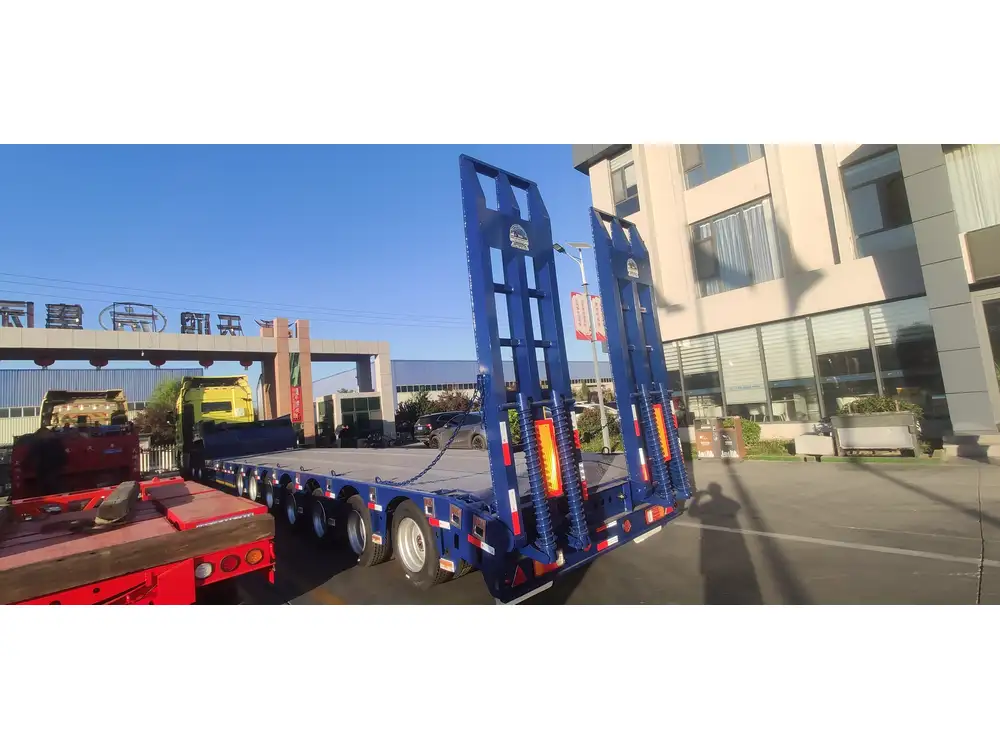
2. Enclosed Trailers
Description
These trailers provide a covered space that protects goods from elements, ensuring added security.
Pros and Cons
| Pros | Cons |
|---|---|
| Enhanced security for valuable loads | Heavier than open trailers |
| Ideal for transit in inclement weather | Limited loading height |
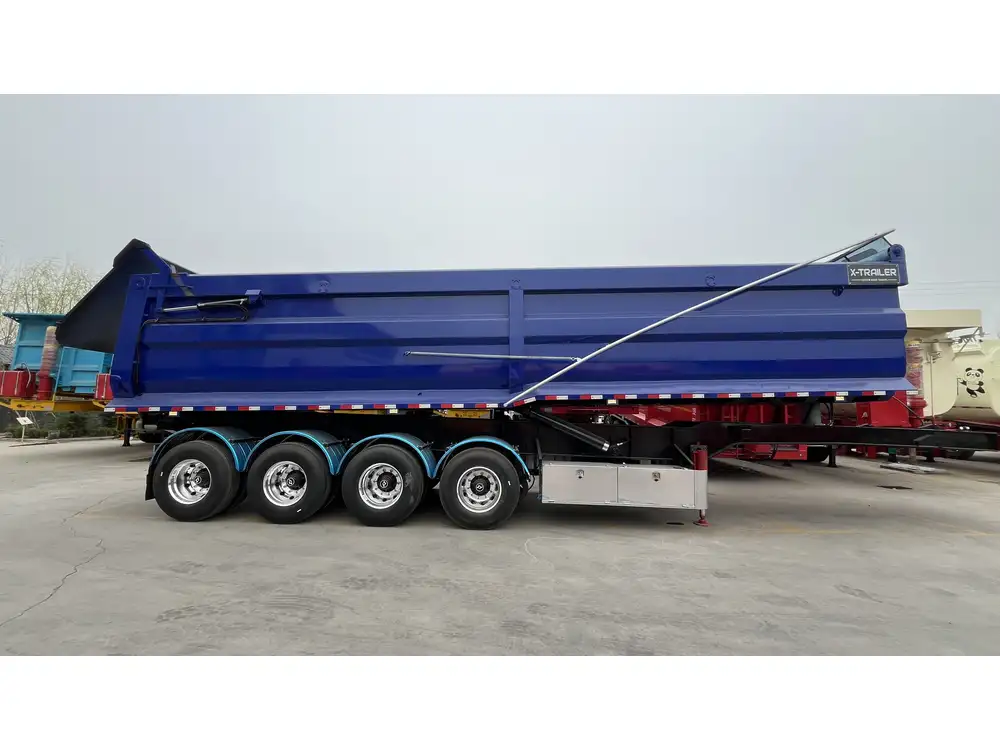
3. Refrigerated Trailers
Description
Reefer trailers maintain a regulated temperature, making them essential for transporting perishable goods.
Pros and Cons
| Pros | Cons |
|---|---|
| Perfect for cold chain logistics | Requires maintenance of the cooling unit |
| Versatile for food and medical supplies | Costlier than standard trailers |

Key Considerations When Choosing a Semi-Trailer
Load Capacity
Understanding the load capacity is crucial for compliance and operational efficiency. Each type of trailer has different weight limits.
Axle Configuration
Axle configuration impacts weight distribution and maneuverability. Popular configurations for shorter trailers include:
- Single Axle: Offers less weight capacity and is generally less complex, ideal for light loads.
- Tandem Axle: Provides a balance between weight capacity and stability, suitable for heavier loads.

Construction Materials
The materials used in the construction of a semi-trailer determine its durability, maintenance costs, and overall weight.
- Steel: Typically stronger but heavier, offering better longevity for heavy-duty applications.
- Aluminum: Lightweight and resistant to corrosion, ideal for applications requiring lower weight.
- Composite Materials: Emerging in popularity, offering a balance between weight and strength.
Regulatory Compliance
Ensure your choice meets local regulations and standards. Variations in laws require varying specifications for trailers based on their use case and region.
Benefits of Shorter Semi-Trailers

Cost Efficiency
Opting for a semi-trailer less than 30 feet results in lower acquisition costs, a pivotal factor for budget-conscious companies. Beyond purchase price, such trailers typically yield savings in vehicle maintenance and fuel efficiency.
Enhanced Flexibility
The compact size allows for easy navigation through congested areas, making deliveries in urban environments remarkably more manageable. This influence can lead to quicker turnaround times, which translates to higher customer satisfaction levels.
Easier Parking
Shorter trailers come with added benefits concerning parking. For companies operating in busy locations, having the ability to park almost anywhere can streamline logistics and ease operational pressure.
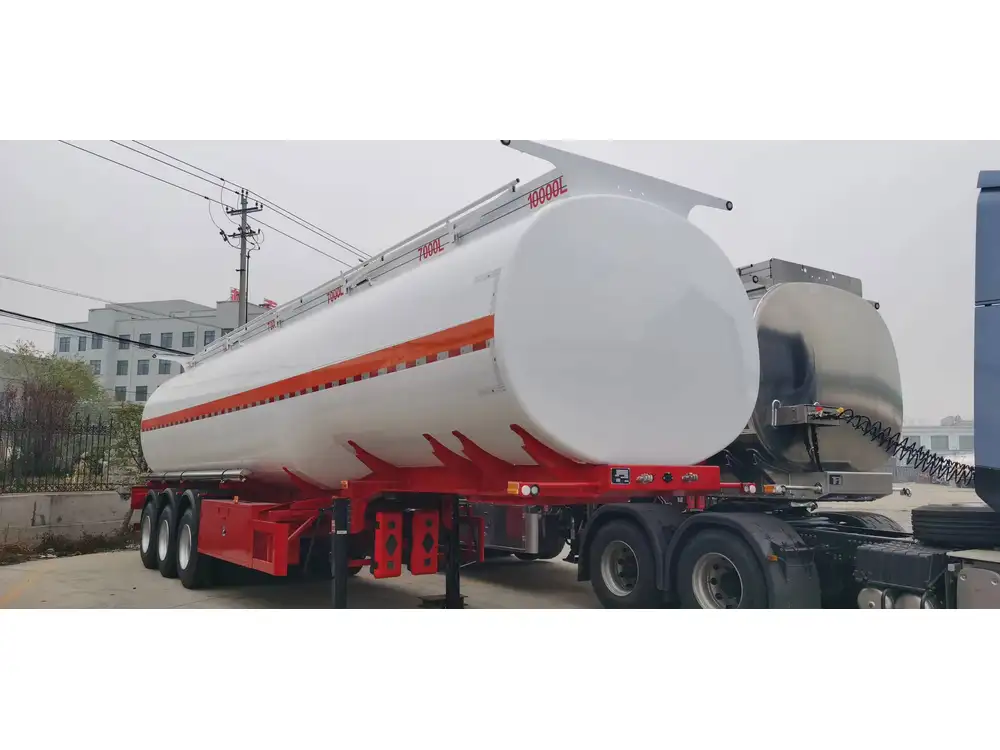
Comparative Analysis of Semi-Trailer Types
Cost Comparison
| Type | Average Cost Range ($) | Purpose |
|---|---|---|
| Flatbed Trailers | 8,000 – 20,000 | General Freight |
| Enclosed Trailers | 12,000 – 25,000 | Secure and Protected Transport |
| Refrigerated Trailers | 20,000 – 40,000 | Temperature-Controlled Transport |
Load Capacity Comparison
| Type | Typical Load Capacity (lbs) | Ideal Freight |
|---|---|---|
| Flatbed Trailers | 10,000 – 45,000 | Heavy machinery, lumber |
| Enclosed Trailers | 5,000 – 30,000 | Electronics, personal effects |
| Refrigerated Trailers | 5,000 – 20,000 | Food products, pharmaceuticals |

Conclusion
Choosing a semi-trailer under 30 feet is a decision laden with myriad variables, all of which can impact operational efficacy. Whether embarking on urban deliveries or transporting specialized cargo, the efficient selection of the right trailer hinges on understanding your unique needs vis-à-vis load capacity, material composition, and regulatory requirements.
By keeping these factors at the forefront of your decision-making, you can significantly enhance your logistics operations and improve service delivery. Ultimately, the right semi-trailer will not only streamline transport but also provide a sturdy backbone to your operational strategy, ensuring that your business remains agile and responsive to market demands.
Call to Action
Ready to enhance your logistics capabilities? Explore our extensive range of semi-trailers less than 30 feet today. Our knowledgeable team is here to assist you in selecting the most suitable option tailored to your specific needs, offering both expert guidance and competitive pricing suitable for every budget. Contact us now to get started on your journey towards optimized transportation solutions.



